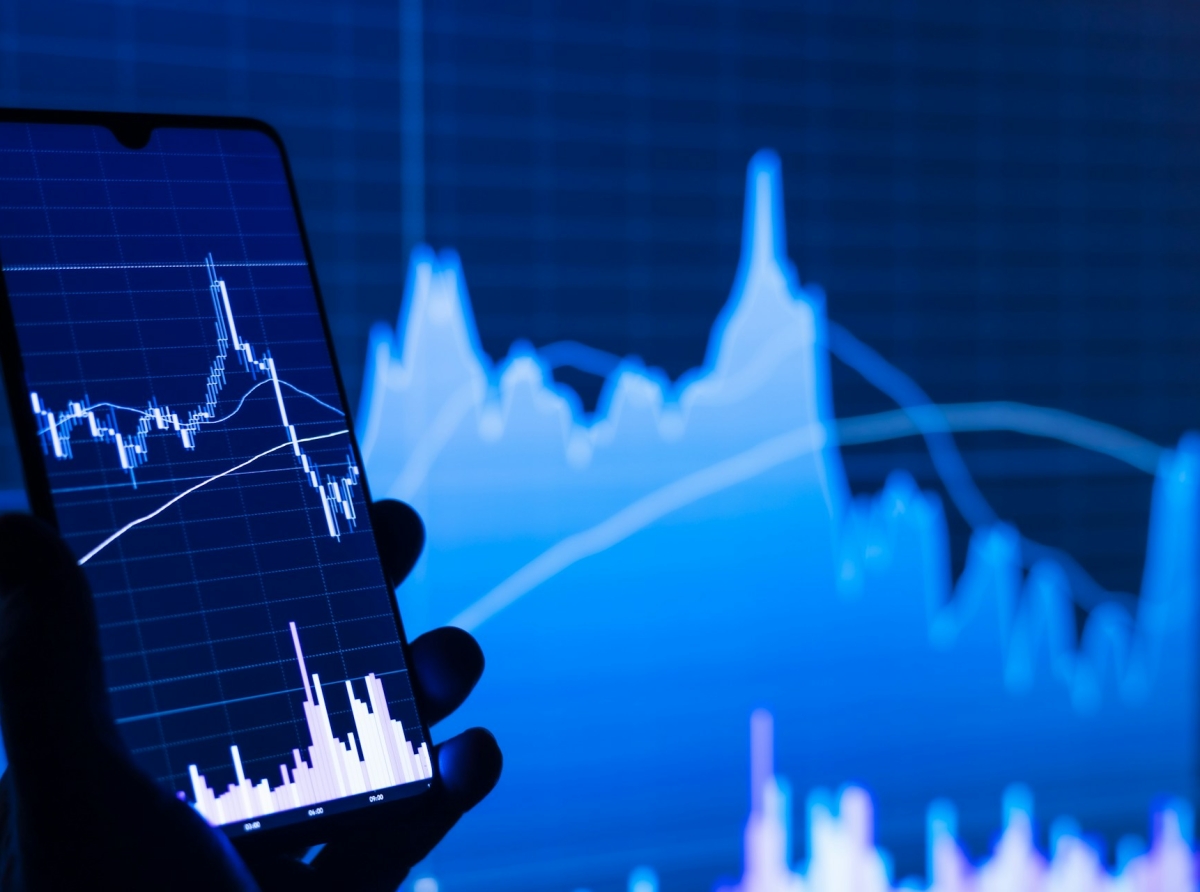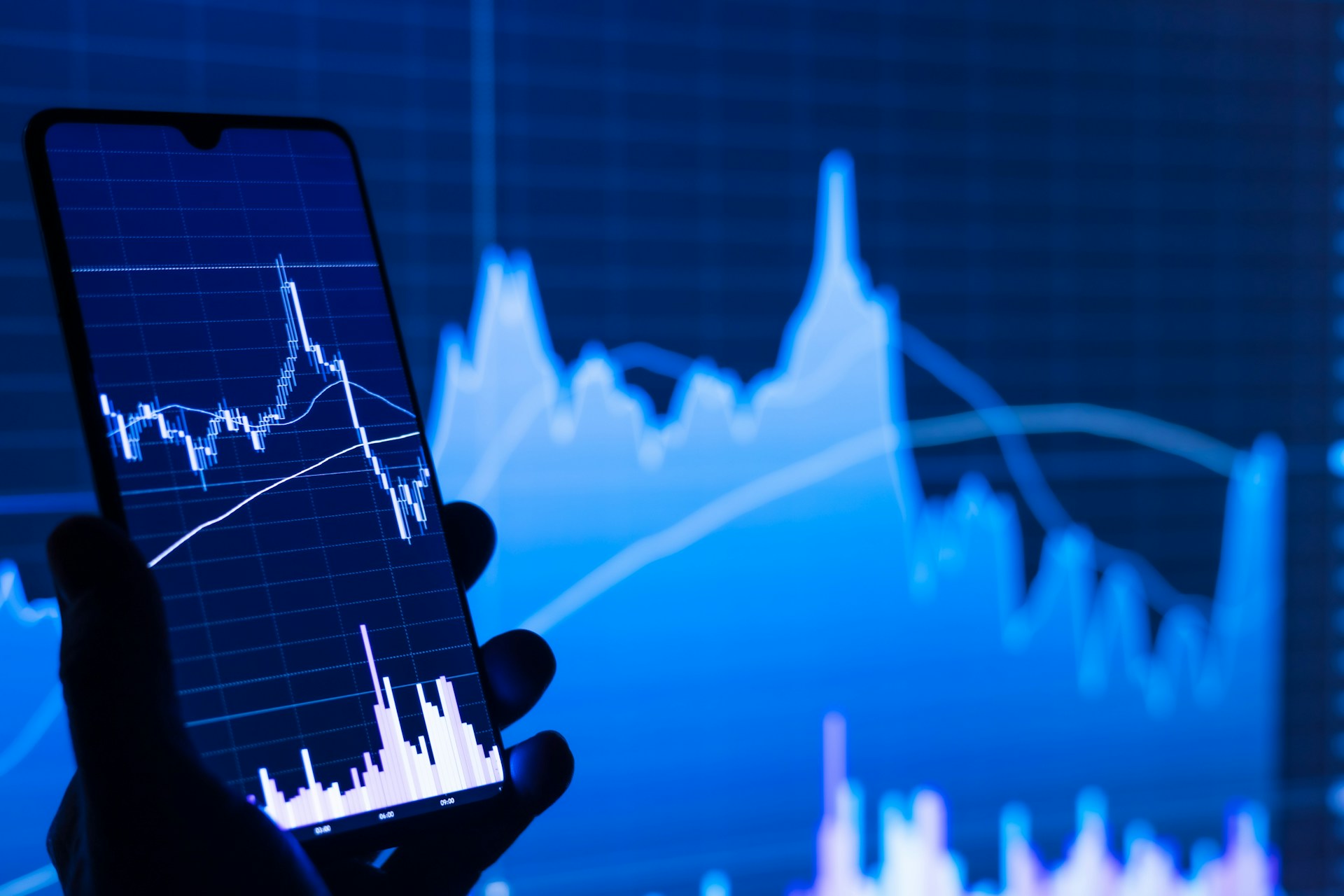New and Old Points in Forex: Exploring the Differences

New and Old Points in Forex: Exploring the Differences
The foreign exchange market, commonly known as Forex, is a global decentralized platform where currencies are traded. It is by far the largest financial market in the world, with trillions of dollars exchanged daily. At its core, Forex trading involves buying one currency while simultaneously selling another. The relative value between these two currencies sets the exchange rate.
In Forex trading, ‘points’ play a crucial role as they are the smallest unit of price movement that a currency pair can make. These points quantify the changes in value between two currencies and are essential for traders when measuring profits or losses on their trades. Understanding how points work and their evolution from old to new systems is fundamental for anyone looking to navigate the Forex market successfully.
In Forex trading, ‘points’ play a crucial role as they are the smallest unit of price movement that a currency pair can make. These points quantify the changes in value between two currencies and are essential for traders when measuring profits or losses on their trades. Understanding how points work and their evolution from old to new systems is fundamental for anyone looking to navigate the Forex market successfully.

New and Old Points in Forex: Exploring the Differences
Historical Perspective: Old Points System in Forex
Traditionally, a point in Forex was synonymous with what is more accurately termed a ‘pip,’ which stands for ‘percentage in point.’ A pip represents the smallest standardized move that an exchange rate can make based on market convention. For most major currency pairs, this meant a movement of 0.0001 of the current exchange rate; for example, an increase from 1.1500 to 1.1501 in EUR/USD signifies one pip.In older trading environments before extensive digitalization, manual calculations were common, and larger tick sizes were used due to less precision in pricing quotes. The concept of fractions in quoting prices was prevalent; hence old points referred to larger increments than what we currently consider as pips.
Modern Developments: The Emergence of New Points System
With technological advancements and increased precision in forex pricing, brokers began offering fractional pip pricing—commonly referred to as ‘pipettes.’ This modern system effectively divides each pip into ten smaller parts, allowing for tighter spreads and more precise quotations; thus a move from 1.15000 to 1.15001 represents one pipette or a tenth of a pip.The new points system reflects this shift towards greater granularity, facilitating more accurate trade execution and better risk management opportunities for traders who can now trade with tighter stop losses and profit targets due to decreased point sizes.
Comparative Analysis of Old and New Points in Forex Trading
Old points or pips were sufficient at a time when market decimalization was not fully developed but are now considered somewhat archaic given today’s fast-paced trading and high-tech platforms that support rapid execution at narrow spreads. The key difference between old and new points lies within their size—where older pips were larger and less precise; new points (or pipettes) offer much finer increments.This change has also affected other aspects like leverage calculation; smaller point sizes mean that traders can use higher leverage with potentially smaller risk per point but should be mindful of the cumulative risk involved with multiple trades.
Implications for Traders: Adapting to Changes in Point Systems
Traders need to adapt their strategies and tools according to these changes in point systems to remain competitive and profitable. Automated trading algorithms must be recalibrated for finer granularity associated with new points or pipettes, while manual traders need to embrace more detailed charting software that accurately reflects smaller price movements.Understanding both old and new points systems also aids communication between different generations of traders who might interpret terminology differently based on their experience within historical contexts versus present-day environments.
In conclusion, whether referring to them as old pips or new pipettes (points), these fundamental units remain vital components within forex trading practices around the world—serving as common languages by which all participants measure price movements across vast financial landscapes.
Forex, Trading, Currency, Pips, Finance









Report
My comments